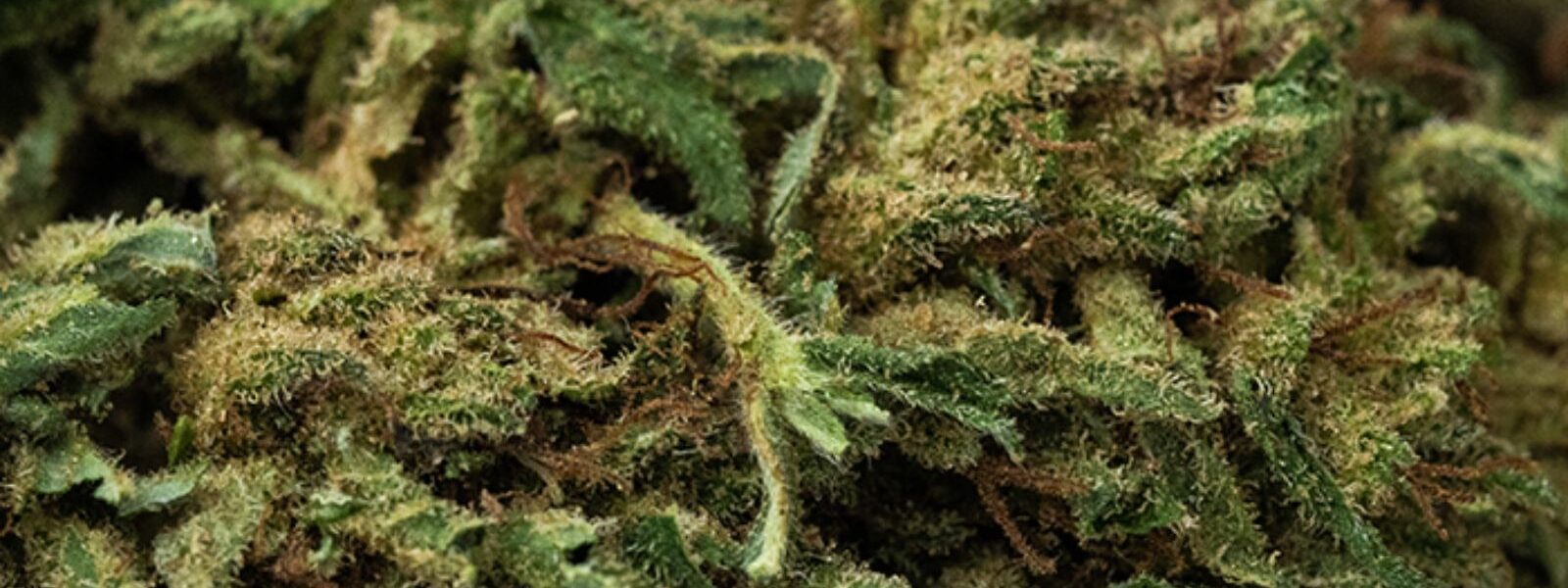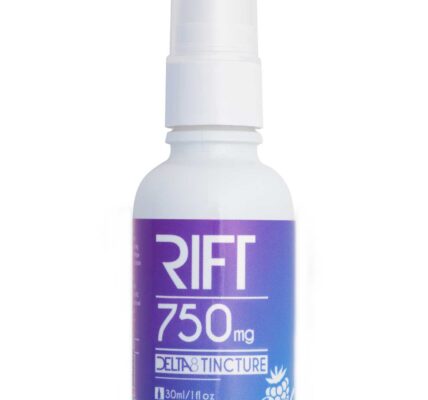The different types of cannabinoids that are present in the cannabis plant are known as cannabinoids. Some of these can also be found in other plants, such as in hemp or marijuana.
Some of them have psychoactive effects on humans and some do not. The most important ones are known as cannabinoids. They are produced from the hemp plant (cannabis sativa) and are responsible for the plant’s medicinal properties.
There are more than 85 cannabinoids that exist in nature. These chemicals are responsible for giving the various parts of the plant their unique properties. However, the most common cannabinoids in cannabis flower include THC and CBD.
These two cannabinoids are the most important because they are responsible for creating a high when ingested. This is why people smoke it and vape it.
However, there are other lesser-known cannabinoids, which are used for specific purposes. They are often found in low concentrations. You will find that these cannabinoids are rarely mentioned by name in reviews of the top CBD flower.
Here we discuss the most common types of cannabinoids that are present in the cannabis plant.

THC
This is the name that you will see most often when discussing cannabinoids. It stands for tetrahydrocannabinol, and this is what gives the plant its euphoric effect when consumed. THC works to get the body high. This is how people get high after smoking or vaping.
However, the levels of THC in cannabis flowers are very low compared to those of CBD. Therefore, it is quite uncommon for someone who wants to try out a new strain of CBD flowers to experience any type of euphoria. Most people prefer to use CBD flowers for pain relief instead of getting high. If you want to get high, then you need to look at high-THC strains.
CBD
This stands for cannabidiol. As with THC, CBD is one of the most well-known cannabinoids that you can find in cannabis flowers. CBD has been researched extensively in recent years due to its many medical benefits. Because of this, it is widely available in the form of oils, tinctures, and even as capsules.
When CBD is extracted from the plant, it usually comes with terpenes. Terpenes are organic compounds that give certain herbs and spices their flavor. When CBD is processed into an oil, it also contains all sorts of terpenes. A lot of people like to ingest CBD in the form of a liquid extract, and that is usually because it tastes better.
You should avoid using CBD isolate when you first start experimenting with CBD flower. This is because isolates contain only CBD and no trace amounts of any other cannabinoids. This makes it very difficult to measure the exact dosage that you consume. Isolate is not recommended for beginners since it may lead to health problems down the line.
CBDA
What most people refer to as cbd-a is actually cannabicyclohexanol. CBDA is not a true cannabinoid; however, it is still present in the hemp plant. It is derived from the phytocannabinoid cannabigerolic acid. That means that it shares similarities with both CBD and THC.
In addition to being a precursor molecule, it also produces a similar chemical reaction as CBD does. It is very rare to come across CBDA in cannabis flowers, but if you know where to look, you might be able to find it. In fact, this cannabinoid was once thought to be the main cause of the “high” that people felt after consuming marijuana.
It was also the primary reason that researchers believed that the psychoactive effects were caused by THC. However, studies later proved that CBDA did not play a major role in producing the psychoactive effect. Instead, it is now believed that it causes a sedative effect on the brain.
CBCA
CBCA is sometimes referred to as cannabinol, and it is the least common type of cannabinoid that you will find in the cannabis plant. CBCA is also known as cannabichromene, and it is a precursor molecule to CBDA. Like CBDA, it does not produce any of its own psychoactive effects, but it is still present in the hemp plant.
Research shows that CBCA acts as a catalyst for CBDA. This means that it helps it to produce its psychoactive effects. Since CBDA is the main compound that produces psychoactivity, it is easy to understand why CBCA is also psychoactive. People who consume CBD flower often use CBCA as a sort of guide to determine the proper dosage of CBD.
CBN
When people think of CBD flowers, they generally think of pure CBD. However, most CBD flowers contain trace amounts of other cannabinoids, including CBN. CBN is also known as cannabichromopentane, and it is one of the three primary cannabinoids that you will find in cannabis flowers.

Most CBD flowers contain 1% or less of CBN. The reason that it is so small is because it is extremely hard to make. This is why people often use it as a reference point when working with CBD flower.
While CBN is not considered psychoactive, it is still present in the cannabis plant, and therefore it cannot be removed from the finished product without losing some of the benefits. Even though it is not psychoactive, it is still beneficial to consume. It is sometimes referred to as the ‘mother molecule’ because it is the base component from which other cannabinoids are made.
THCV
This cannabinoid is one of the most controversial cannabinoids found in cannabis flowers. This is because it is thought to be responsible for causing addiction in its users. However, there is little evidence to support this theory.
Even though THCV is not considered psychoactive, it is still present in the cannabis plant. This makes sense because the THCV molecule is identical to the THC molecule, except for the fact that it does not have the same psychoactive effects. However, when THCV is isolated, it produces the same effects as THC. This is why many CBD companies claim that their products do not contain any traces of THC.
If you are a beginner, it is best to stay away from THCV completely. Just remember that although it is not psychoactive, it can still affect your health negatively.





